
4A Hair Growth Stages & Tips to Help It Grow
4A hair's tightly curled pattern makes it easy to identify. The tight coils of 4A hair form a "S" shape when stretched. 4A hair is typically very thick and appears darker than it is. This article will go over the stages of growth for 4a curly hair types.If you are unsure whether you have this type of hair, read 4A Hair-Everything You Need To Know.
4a Hair growth stages
4a Hair growth may appear simple, but the natural growth cycle of hair has four stages. If you want to learn how to grow 4a hair naturally, you should know these stages.
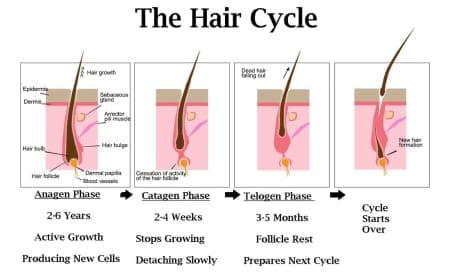
1. The Anagen period
The first stage of natural hair growth is the anagen phase. This stage lasts three to five years, depending on the individual.
During this stage, hair grows from the follicle. Growth continues until the hair strands reach a certain point, which is essentially the end of their life.
Hair strands are typically cut before reaching their full length. This is the stage in which the vast majority of your hair (roughly 90%) is.
2. The Catagen period
This is the second stage of the 4A hair growth phase, also known as the transition phase. Hair strands begin to fall out at this stage.
However, there is an intriguing science behind this seemingly terrifying phenomenon. Your body sends signals to your hair to tell it to stop growing. Your follicles contract slightly and stop receiving blood supply as a result.
This phase lasts only a few weeks. During this stage, your hair will "shed" on its own, but not immediately. Only when a new hair grows and pushes it upwards will it fall out. Approximately 5% of your hair is in this stage at any given time.
3. The Telogen period
When a strand of hair falls out of the scalp, it enters the resting phase. Some people may experience anxiety during this resting phase. This phase, however, lacks a clear pattern.
Unanticipated stressors or physical changes can also hasten the resting phase. This is referred to as resting hair loss. If you have telogen effluvium, you may lose up to 300 hairs per day. This rate is significantly higher than the normal rate of hair loss, which is 100 hairs per day.
4. The Exogen stage
This is the final stage of 4A hair growth, and it only lasts a few days. Old hair is shed from the scalp as new hair grows.
A lot of old hair will fall out during this stage. When you brush your hair, you may notice a lot of hair falling out. It may also be found in the shower drain or while styling your hair.
This may appear to be frustrating if you are trying to grow long curly hair, but it is something that most natural hair types experience and is completely normal because your hair has been replaced by new hair.
The influence of these stages on hair loss
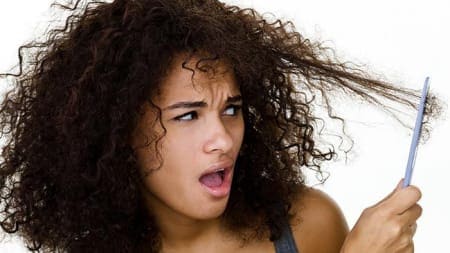
The hair growth cycle differs between individuals. If the follicles shrink, you may notice male pattern hair loss.
This condition is commonly characterized by a shorter anagen phase and a longer resting phase. These things are largely determined by your genes.
Treatment can only slow the progression of genetic hair loss.
Genetics, hormones, and aging all have an impact on 4a growth. These factors are beyond our control, but they have a significant impact on the hair growth process. Let's take a quick look at these three crucial factors.
Genetics

The stages of hair growth, including 4a hair growth, are heavily influenced by genetics. However, if you have hair loss issues, many large-scale studies have been unable to confirm the role of genetics in female hair loss.
Observing older members of the family can give you an idea of how hair behaves during growth, but it is of little use if you are experiencing excessive hair loss.
Hormones

Hormones can also influence hair growth stages. Dihydrotestosterone (DHT), for example, can harm hair health.
DHT thins and prevents hair growth. Thyroid hormones play a role as well. Some supplements can interfere with hormone effects on hair.
Age

Hair changes become visible as we age. These changes may become noticeable in both men and women after the age of 30.
This is especially true for men, but one-third of women notice hair thinning or loss after the age of 30 as well. Most women, however, experience this between the ages of 50 and 60, coinciding with menopause.
Men experience more hair loss than women. Hormonal fluctuations and genetics both play a role. Women's hair changes at different times. They experience hair loss following childbirth and as they approach menopause. When a woman's testosterone levels are high, she may notice a receding hairline.
4a hair care procedures
4A hair is tightly curled (but not as tightly as 4c hair) and prone to drying out. The end result will be pleasing if your curls are properly cared for.
Here are some tips for maintaining healthy, natural 4A hair.
Shampoo
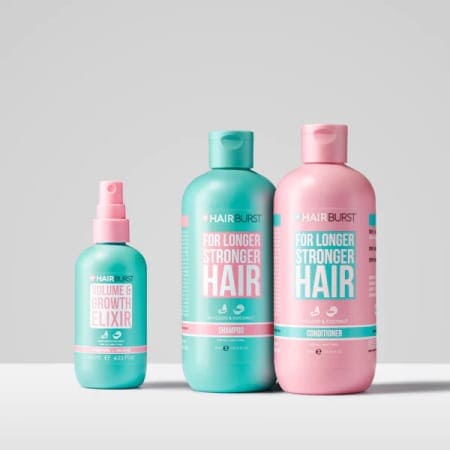
Because of their dry texture, 4A hair types are prone to damage. It is critical to keep your curls moisturized. So, if you want to take care of your 4A hair, use a moisturizing shampoo. Before shampooing, run your fingers through your hair gently.
Make sure your curls aren't tangled.
Shampoo only the roots and scalp.
Gently rinse hair.
Conditioning
It is critical to condition your 4A hair after shampooing. Conditioner will replenish the moisture in your hair. When selecting a conditioner, exercise caution. There are numerous brands available on the market. Make sure you choose the best shampoo for curly hair rather than the cheapest brand.
Moisturization on a daily basis
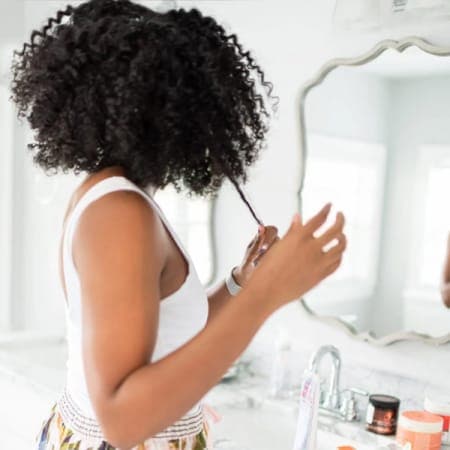
Make sure to moisturize your 4A hair at least three times per week. If your hair is extremely dry, you can use an oil.
Coconut oil will provide adequate moisture. Coconut oil, unlike most oils, penetrates the hair shaft. Apply a small amount of coconut oil at a time to keep your curls frizz-free.
Conclusions on the 4a curl growth phase
We go over the 4a hair growth stages and give you some quick curl care tips. Understanding these stages can help you maintain the health of your hair and provide the best environment for natural hair growth as you grow out your curls.
You can also expect to stop worrying unnecessarily if you notice your hair falling out on its own. This is a natural part of the hair growth process. Do you want to learn more about hair? We have everything for you!
Do You Really Know How To Wash Your Hair?
1b Vs 2 Hair Color,What Is The Difference And How To Choose?










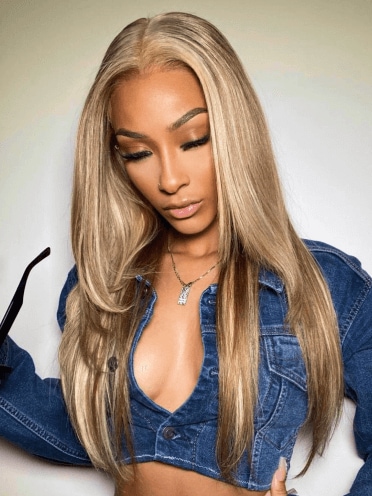
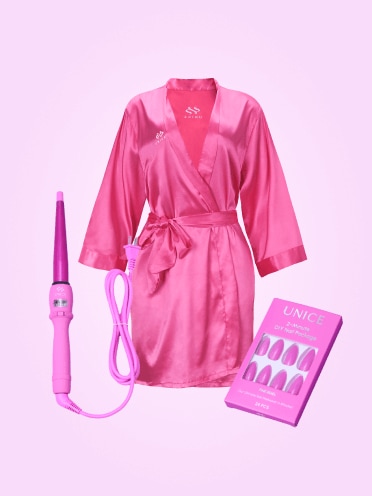
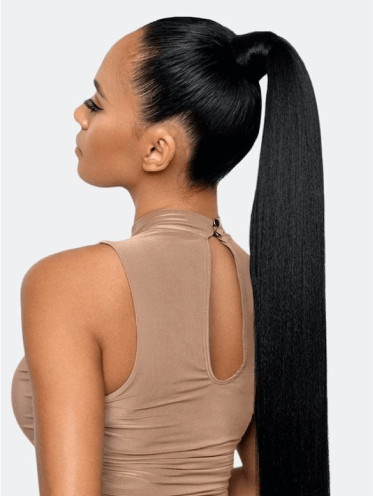


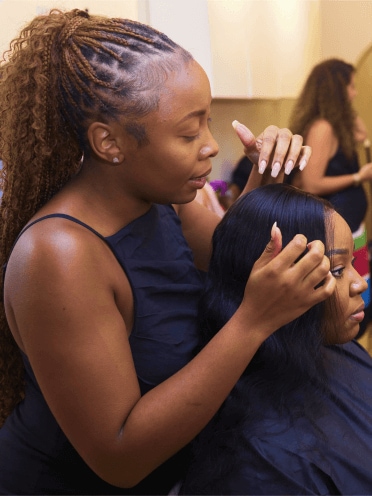
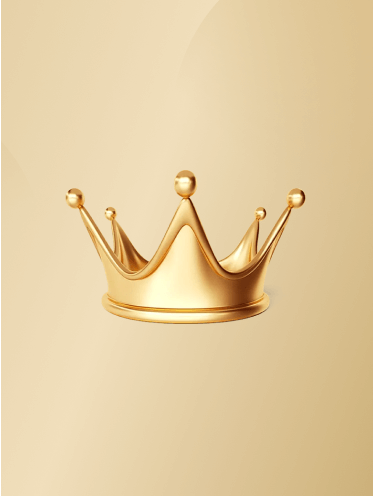

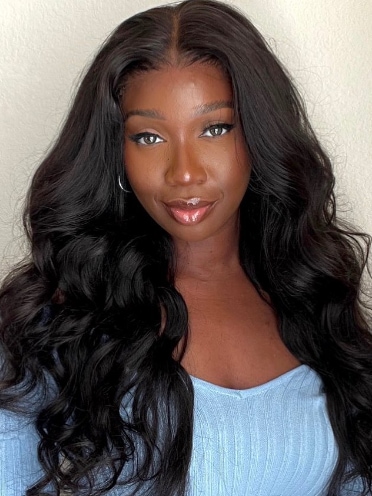


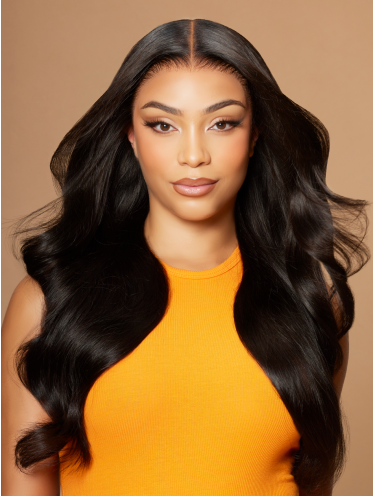


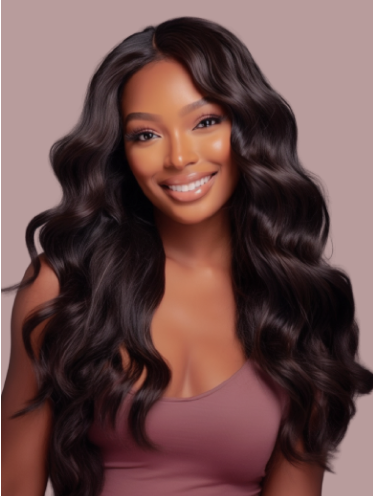
Submit Your comment